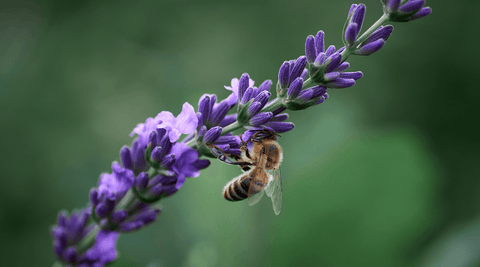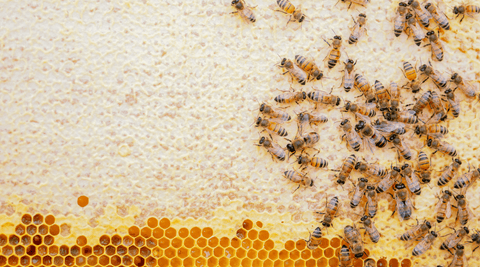Queen Bee vs. Worker Bee in the Beehive:
Within the intricate world of a beehive, a fascinating hierarchy exists, and at the pinnacle is the regal queen bee. Alongside her, tirelessly working to sustain the hive, are the industrious worker bees. Understanding the differences between these two essential roles sheds light on the remarkable dynamics within a bee colony.
The Queen Bee: Royalty in the Hive
The queen bee, often regarded as the heart of the colony, is a majestic figure with distinct characteristics. Most notably, she is larger than her worker counterparts, boasting a more elongated and elegant body. The queen's primary role is reproduction. She lays eggs, ensuring the hive's survival and growth. With a lifespan ranging from one to five years, the queen tirelessly fulfills her duty, producing thousands of eggs each day during peak seasons.
The queen's abdomen is equipped with a specialized ovipositor, allowing her to deposit fertilized or unfertilized eggs into the cells of the comb. Fertilized eggs give rise to worker bees, while unfertilized eggs develop into drones. The queen's pheromones also play a crucial role in maintaining hive cohesion and order. The entire colony follows her lead, creating a harmonious and organized social structure.
The Worker Bee: The Backbone of the Hive
Worker bees, as the name suggests, form the backbone of the hive. These females constitute the majority of the colony and are responsible for a myriad of tasks essential to the hive's functioning. Worker bees exhibit a more compact and agile build compared to the queen, with specialized structures on their hind legs for collecting and transporting pollen.
The roles of worker bees evolve throughout their lifespan. Young workers start with nursing duties, attending to the queen, and caring for the brood. As they mature, they transition to tasks such as building and repairing combs, foraging for nectar and pollen, and guarding the hive entrance. The final stage of a worker bee's life often involves foraging outside the hive, where they become crucial pollinators for surrounding flora.
Worker bees are equipped with a stinger for defense, a feature the queen lacks. Their lifespan ranges from a few weeks to a few months, reflecting the intensity of their labor and the challenges they face outside the hive.
Harmony in the Hive: A Symbiotic Relationship
While the queen bee and worker bee play vastly different roles, their existence is interdependent, creating a harmonious balance within the hive. The queen ensures the hive's continuity, while the worker bees diligently sustain its day-to-day operations. Together, they contribute to the hive's overall health, growth, and resilience, showcasing the extraordinary teamwork and organization that defines the world of bees.









Comments (0)
There are no comments for this article. Be the first one to leave a message!